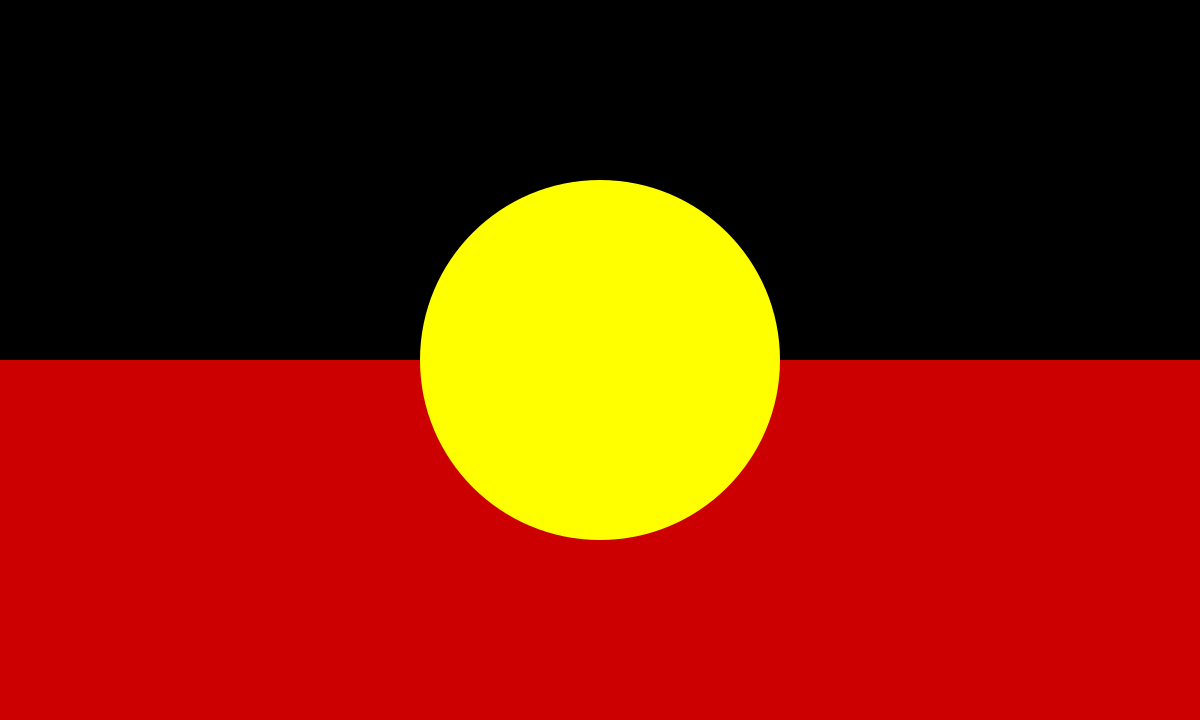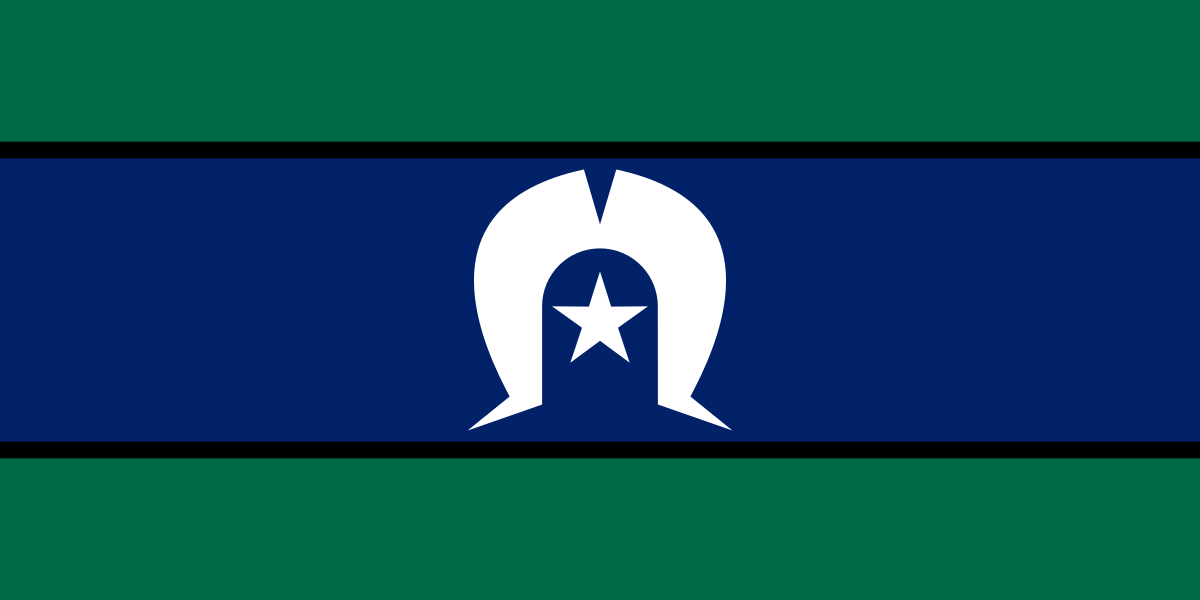7 amazing experiences on your Nullarbor Plain road trip
Roadtrippers crossing the Nullarbor Plain rave about the experience as one of the greatest road journeys of all time. And we agree! Call it a rite of passage or a once-in-a-lifetime experience, driving across the Nullarbor Plain is worth the effort.
In fact, it keeps getting better as facilities are improved – and, of course, with the development of the Head of the Bight. More on that later.
Where is the Nullarbor Plain?
In spite of a name meaning 'no trees' in Latin, the Nullarbor has plenty of things to see and do on this 1200km stretch from Norseman, Western Australia and to Ceduna, South Australia. Here are just some of the highlights along the way.
If you’re looking for a place to rest your head after the long Nullarbor drive, check into Discovery Parks - Streaky Bay Foreshore for a comfortable night.
How long does it take to drive the Nullarbor Plain?
If you have several drivers, you can cross the Nullarbor in 12 to 14 hours. The maximum speed limit is 110km/h.
But that is just getting from point A to B, without stopping to experience the natural wonder of this isolated location. There is so much to see and do. For example, whale watchers often spend half a day at the location.
Can I see whales on the Nullarbor Plain?
Yes, the Head of the Bight offers land-based viewing of Southern Right Whales that is truly world class. From well maintained viewing platforms and walkways set atop 90-metre limestone cliffs, you can look down on the whales. It is one of the most amazing sights to behold!
You will see the signs on the main highway and it’s about 20km from the Nullarbor Roadhouse. There is car parking, a kiosk, toilets and an interpretive centre.
You can also take a flight to get an overview from the skies.
What is the best time to see whales at the Head of the Bight?
June to October is the official season to see the whales from the top of the Bunda Cliffs at the Head of the Bight. What you will see is numerous whales – adults and infants – because this is a nursery for the Southern Right Whale. How cool is that!
1. STARGAZING

Stargazing in the Outback is a magical experience. Image Credit: Greg Snell
Stop anywhere along the Nullarbor during the course of the night (or be wild and stay the night at a camping site along Eyre Highway) to look up at the stars. Stargazing in the outback is a completely different experience.
2. NULLARBOR LINKS

No holes in one on the world’s longest golf course! Image Credit: Carly Kruger
The World’s Longest Golf Course is a unique 18-hole par 72 golf course situated along 1365km of the Eyre Highway, with a hole in each participating town or roadhouse along the Eyre Highway from Kalgoorlie in WA to Ceduna in SA.
3. NULLARBOR NATIONAL PARK

The limestone cliffs of the Nullarbor offer amazing views. Image Credit: Chloe Tod
- Whale Watching off the Bunda Cliffs in Eucla from June to October
- Murrawijinie Cave – ask the Nullarbor Roadhouse staff for the exact location.
- If you’d like to learn more about the management plan for this important corner of the world, you can read the Nullarbor Parks Management Plan
4. NULLARBOR CAMELS

Image Credit: South Australian Tourism Commission
Not quite an Aussie animal icon but it's not uncommon to see wild camels travelling across the Nullarbor (or many other outback locations). Camels in Australia were imported from British India and Afghanistan during the 19th Century to be used as transport of goods and supplies across our vast Australian deserts. They are most commonly seen walking along the road in summer months, so keep your camera handy for a snap because they move quickly.
5. THE EUCLA WHALE
This famous giant whale is the town’s mascot, and welcomes you to Eucla. There’s also a signpost telling you how many kilometres you are from every city in Australia.
6. EUCLA TELEGRAPH STATION RUINS & JETTY
Early evening is the best time for photos of this historical site as the dramatic light bathes everything in gold. A nice change to the harsh bitumen and boring bushes of the Nullarbor Plain.
7. CEDUNA

Image Credit: Claire Charlton
The Head of the Bight is a great location for whale-watching June to October, and one of the best things to stop and see when driving along the Nullarbor.
As one person commented, they saw more whales in one viewing than they had seen in their entire life, and that includes whales breaching over and over again. So, make sure you allow plenty of time.
Book your accommodation at Discovery Parks - Streaky Bay Foreshore for petfriendly access to everything the Nullarbor has to offer.





